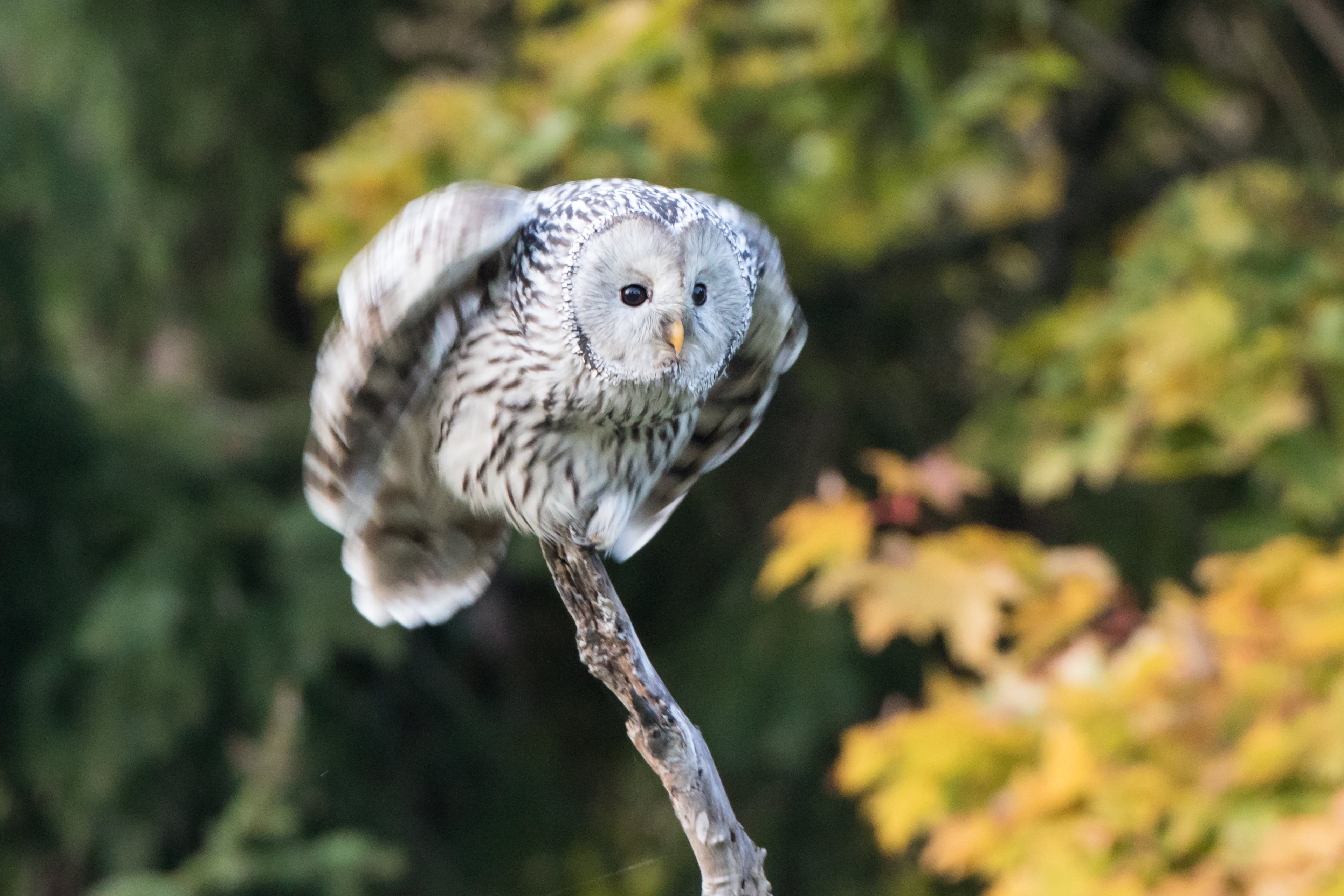
Nature calendar and activity guide
Make the most of your time in Estonia by planning your trip around mammal spotting, birdwatching, and exciting outdoor activities.
Want to know where to go and when? Read on!
Animal observation
Following animal tracks is real detective work — we recommend doing it in October, November, December when there's not much foliage or deep snow to stomp through. Or go in February and March to see Estonia's biggest cat, the lynx. That's when they're looking for a mate and are more on the move.
Alutaguse National Park has the most bears in Estonia and is the only refuge for flying squirrels in Estonia. To observe the bears, it is best to visit special bear-watching huts or go on a tour with a guide — meeting a bear face-to-face in another place is not recommended. They're easiest to see after they wake up from hibernation through the end of July, but autumn might also give you a good chance to spot them as they eat intensively to prepare for winter.
Wild boar and beavers are active from April to August, especially when the Estonian summer is in full swing. However, moose fans can rest in the summer, as the best time to observe them in the wild is in autumn.
How does a wolf howl or a jackal sound? Sharpen your ears and listen in August and September. Wolves are notoriously elusive, but you might also hear them howl in the middle of winter when their call echoes through the bare trees.
Seal pups are so irresistibly cute that you want to cuddle them and keep them for yourself. They can be seen on the beaches in February and March, but know that even if they seem like they're alone, don't try to "rescue" them — they are just fine on their own, and it's illegal to approach them. However, you can see large seals basking on the shores in July and August.
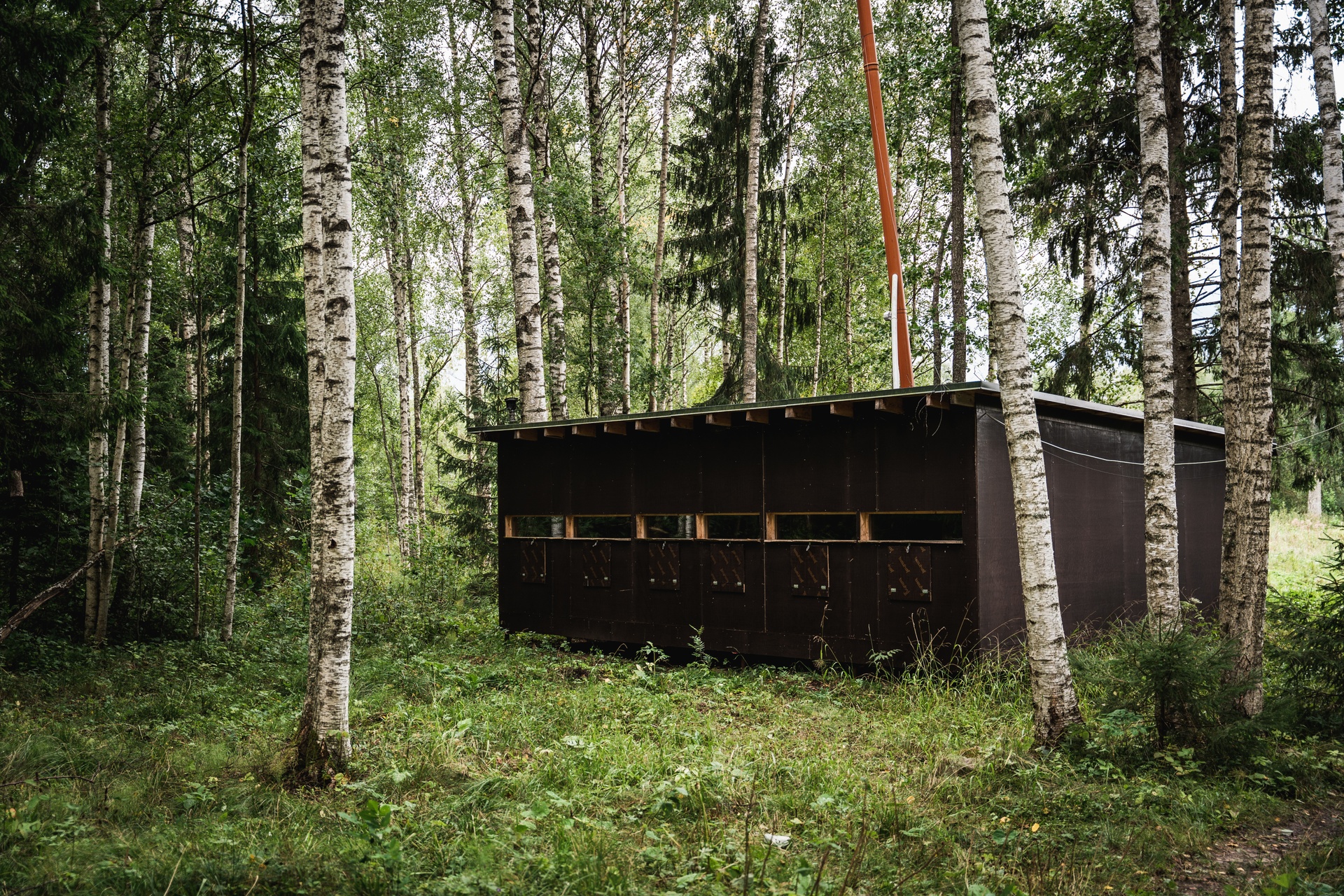
Source: Priidu Saart
Blueberries and bear-watching
Forage in forests shared with a healthy population of European brown bears.
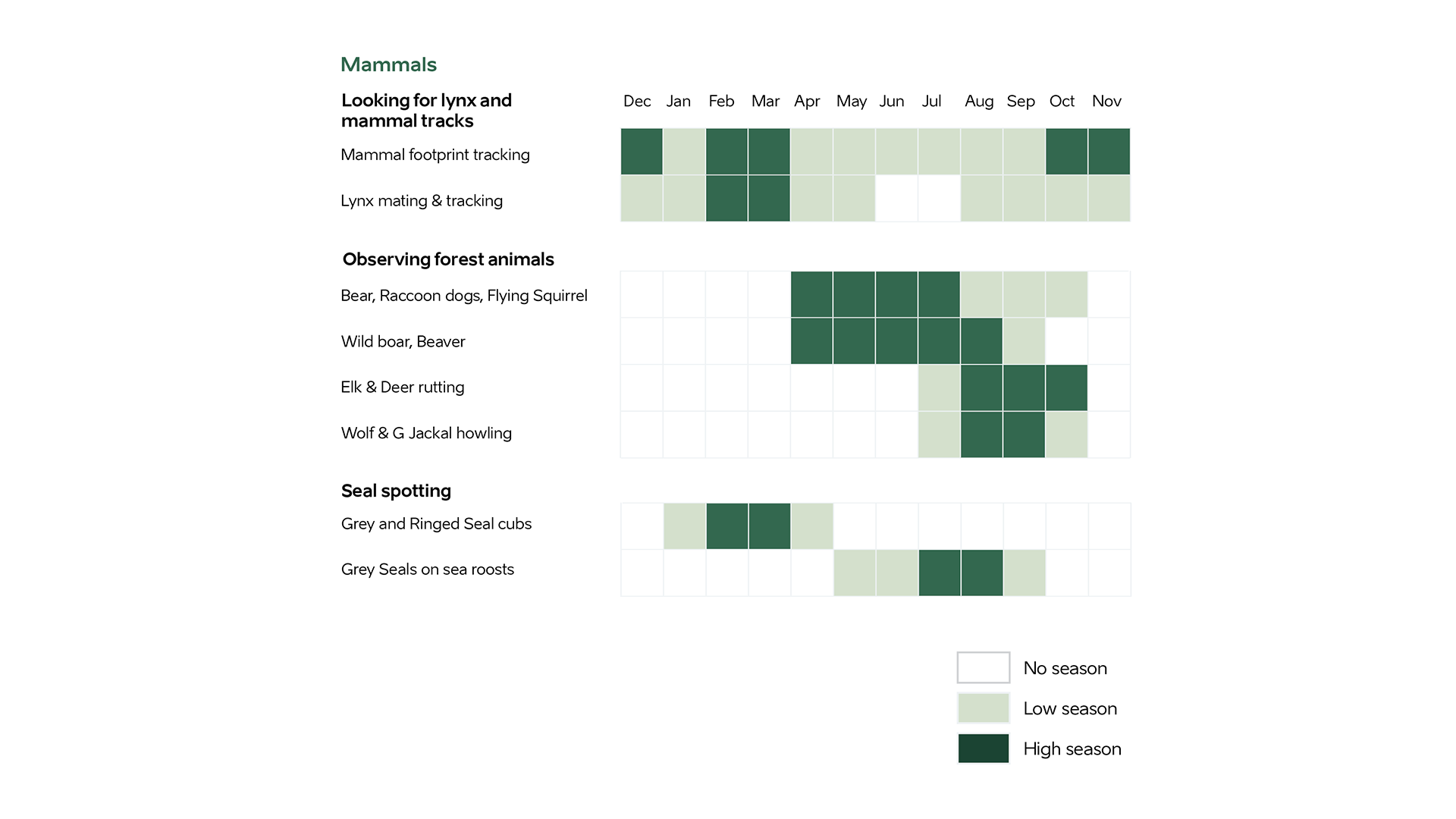
Where to go wildlife watching
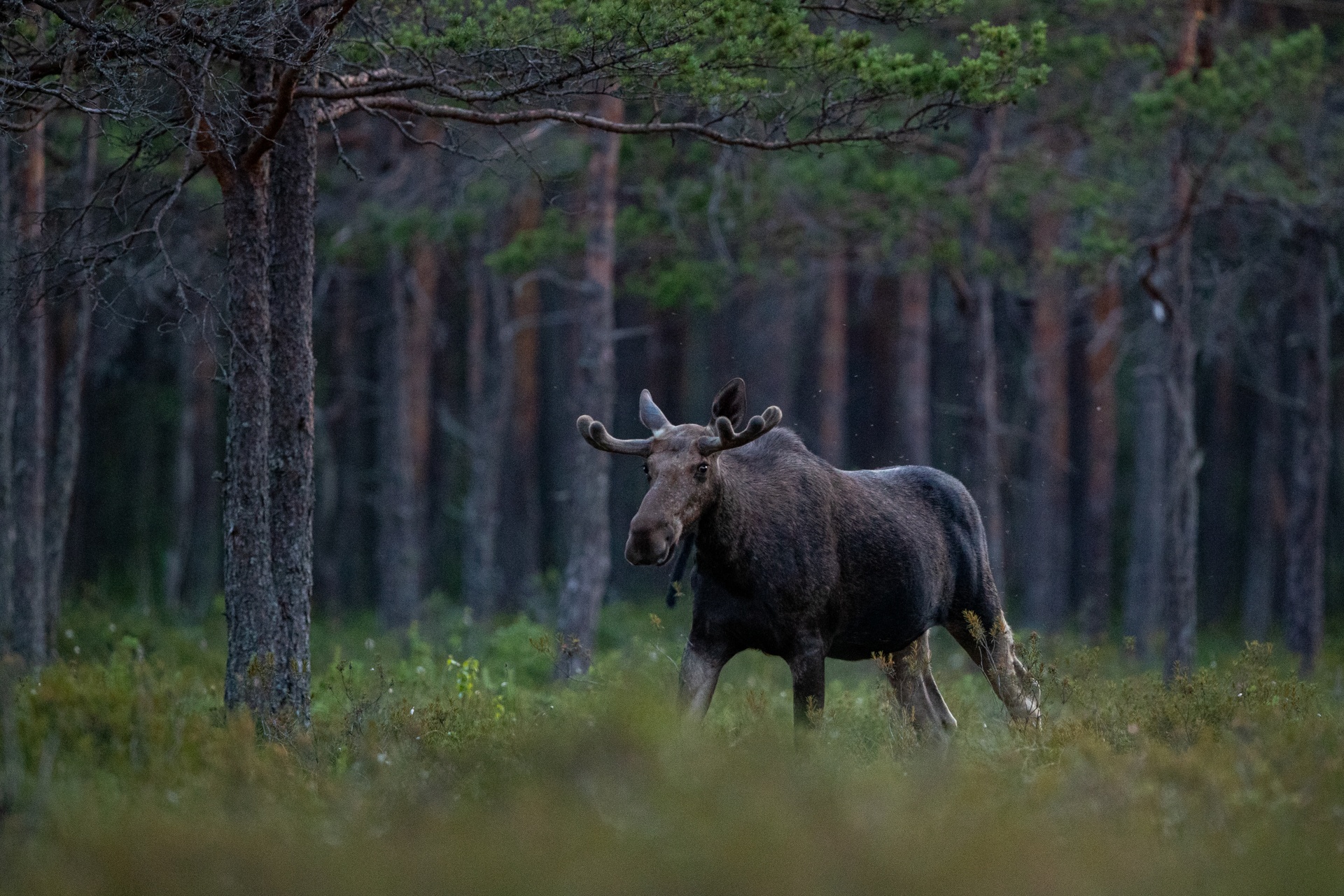
Birdwatching
Estonia is located on the migration route that several tens of millions of Arctic waterfowl use two times a year. The country's suitable coastline, numerous islands, forests, marshes, and diverse cultural landscapes are very suitable for birdwatching.
During a weeklong observation, you will usually see 180-190 species. If you are lucky, you might see more than 200 species of birds. You can find observation towers in almost every corner of Estonia. If you want to make your birdwatching more enjoyable, contact a guide!
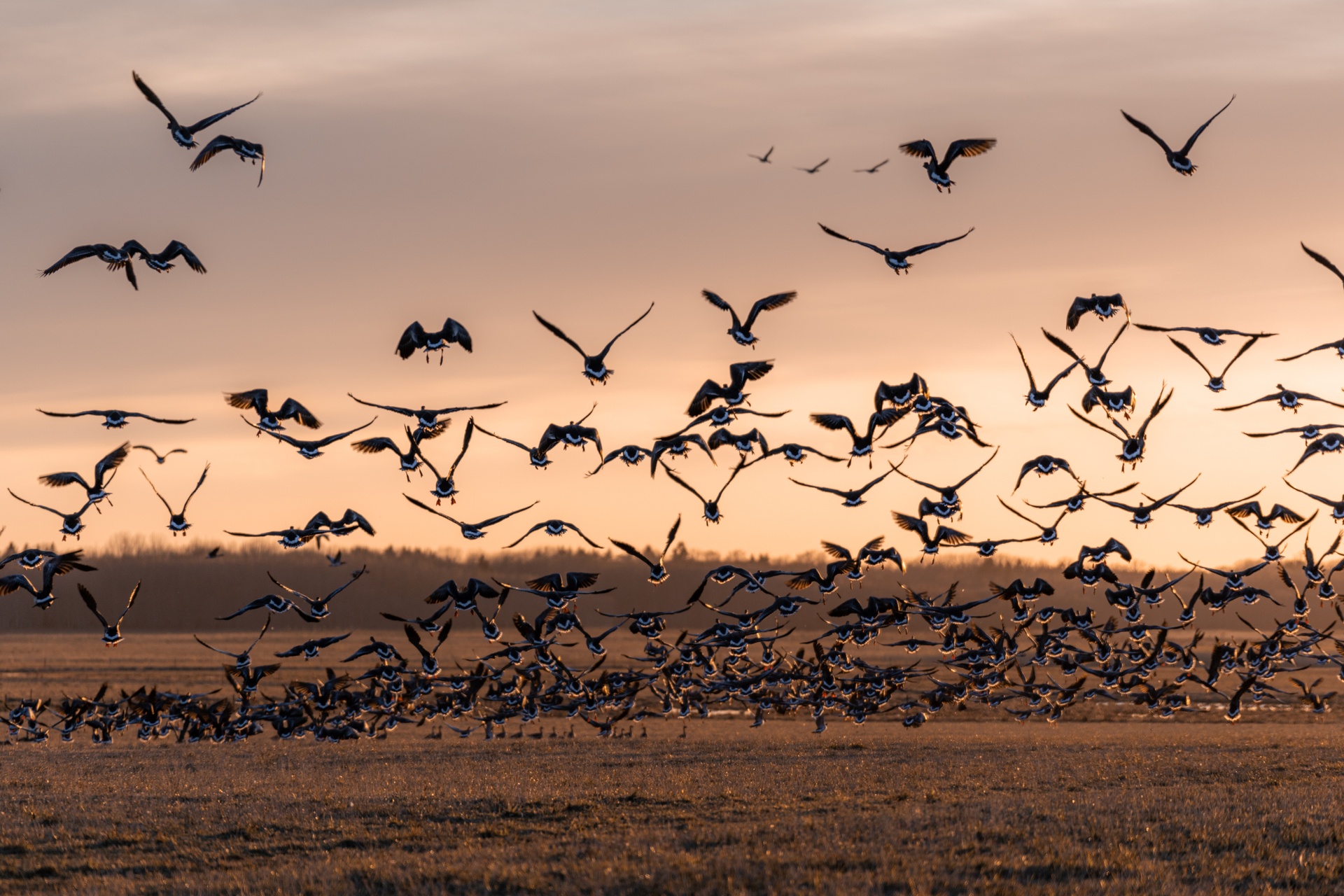
The spring migration starts as early as March, peaks in May and subsides by mid-June. The autumn migration in September-October is more modest, but that's when you hear the powerful trumpeting sounds of flocks of egrets.
- Sea eagles are most likely to be seen in February and March and then again in October and November.
- The largest waterfowl migration occurs in April and March and then again in September and October.
- Look for woodpeckers and migratory songbirds in March, April, and May.
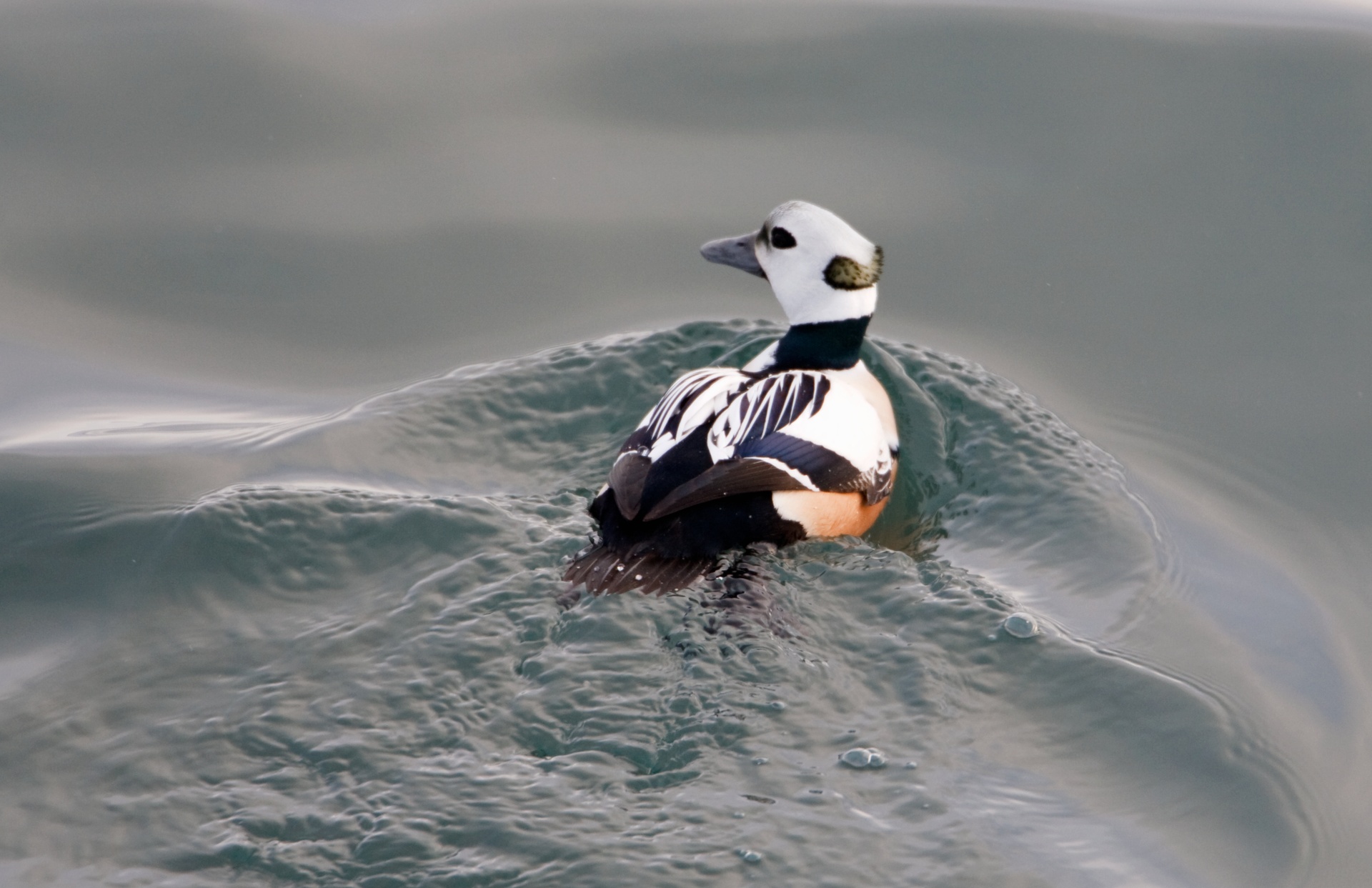
Source: Mati Kose

Source: Hans Markus Antson
Outdoor activities
It goes without saying that most hiking in our climate zone is done during the summer – cycling, canoeing, and SUP are also warm-weather activities. Autumn is also a great time for hiking, though, as most pesky insects die off once colder weather arrives.
However, it is also possible to have wonderful experiences in the wilderness during other seasons. For example, lantern hikes are organized just after dark — try them from December to February when snow is thick on the ground, then again in October and November when the nights are darkest.
It's the same with snowshoe hikes. These leg extensions can be successfully pulled on in summer when they're known as bogshoes and used to walk over waterlogged ground. But snowshoeing in the dead of winter is definitely a must-try experience.
In recent years, kicksledge tours have also become very popular. They are suitable for hikers of any age, as small children who can't push themselves can sit and ride along.
Top wilderness photographers also organize photo tours in Estonia. The guide will take you to places where you can catch stunning shots. They will teach you how to take pictures correctly and master techniques for capturing beauty on your own in the future.


Snowshoes are a great way to explore nature in winter!
Ideas for outdoor activities in Estonia
Every season has something special — and an extra season gives you extra time to see it all.
Expert tip: Exploring off-season will help off-load the pressure.
Get inspired
Last updated
30.08.2024